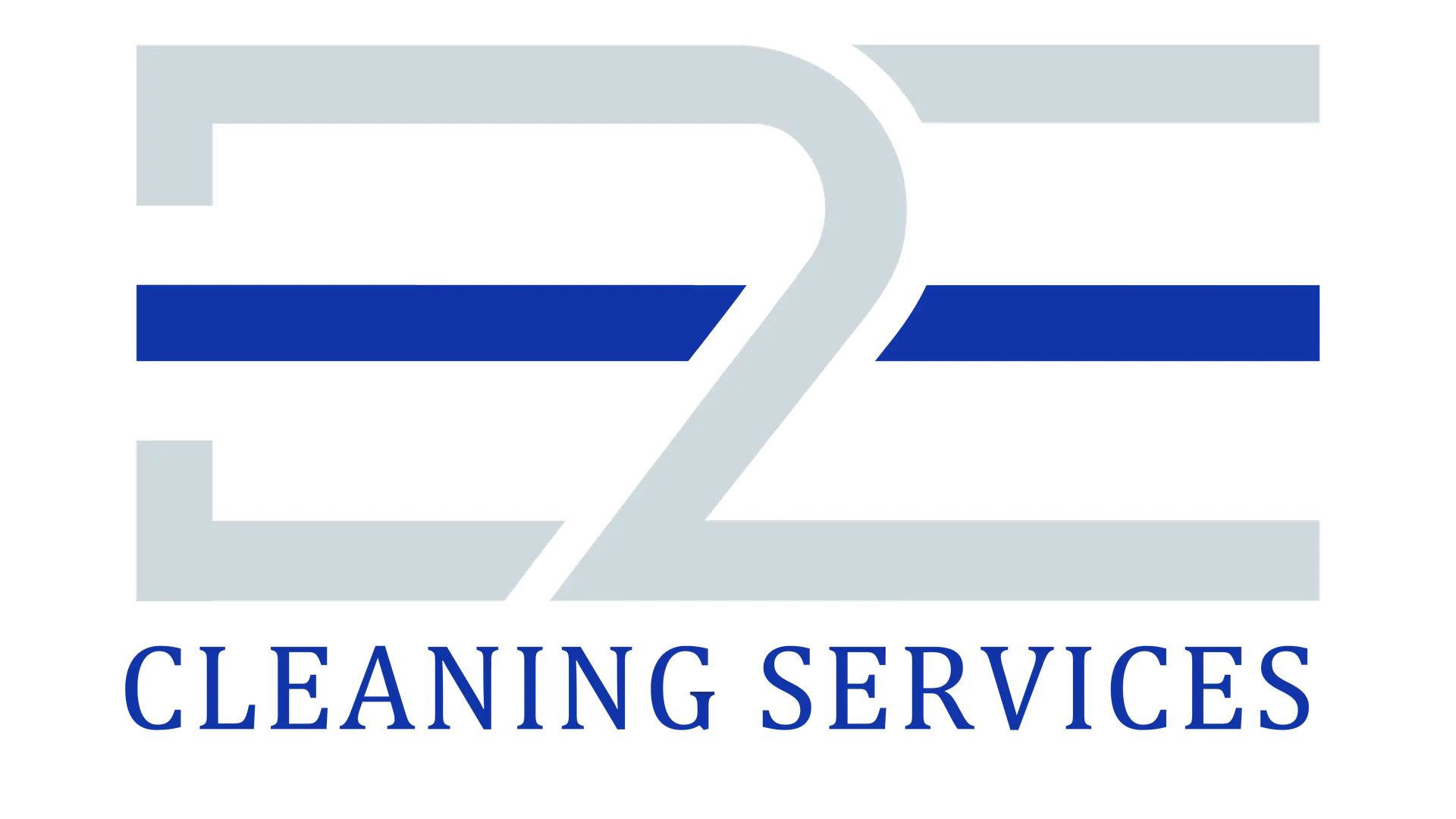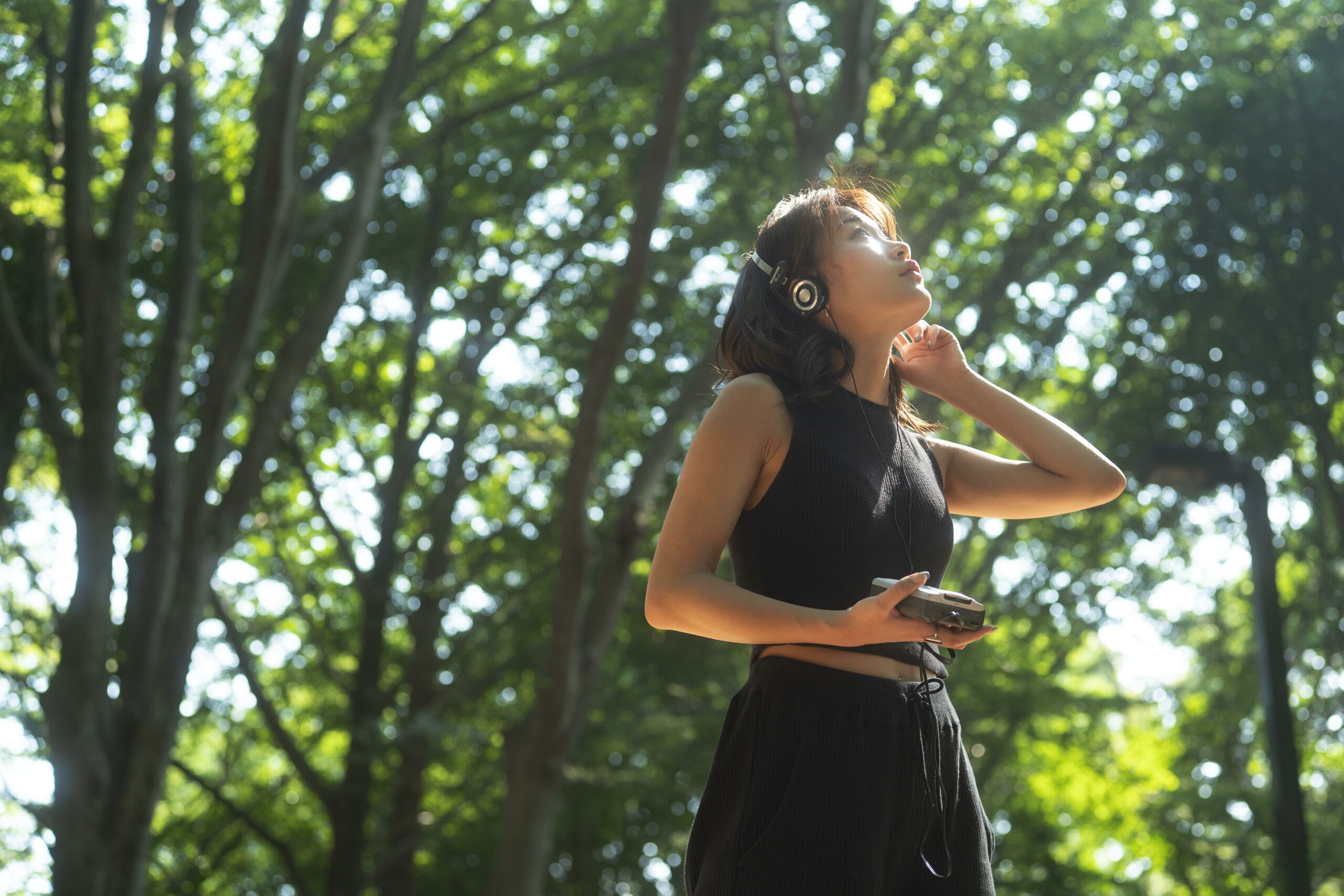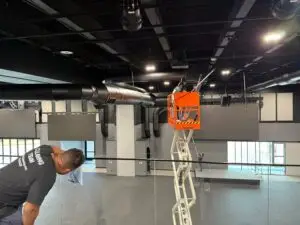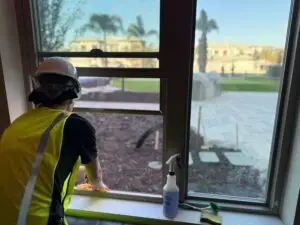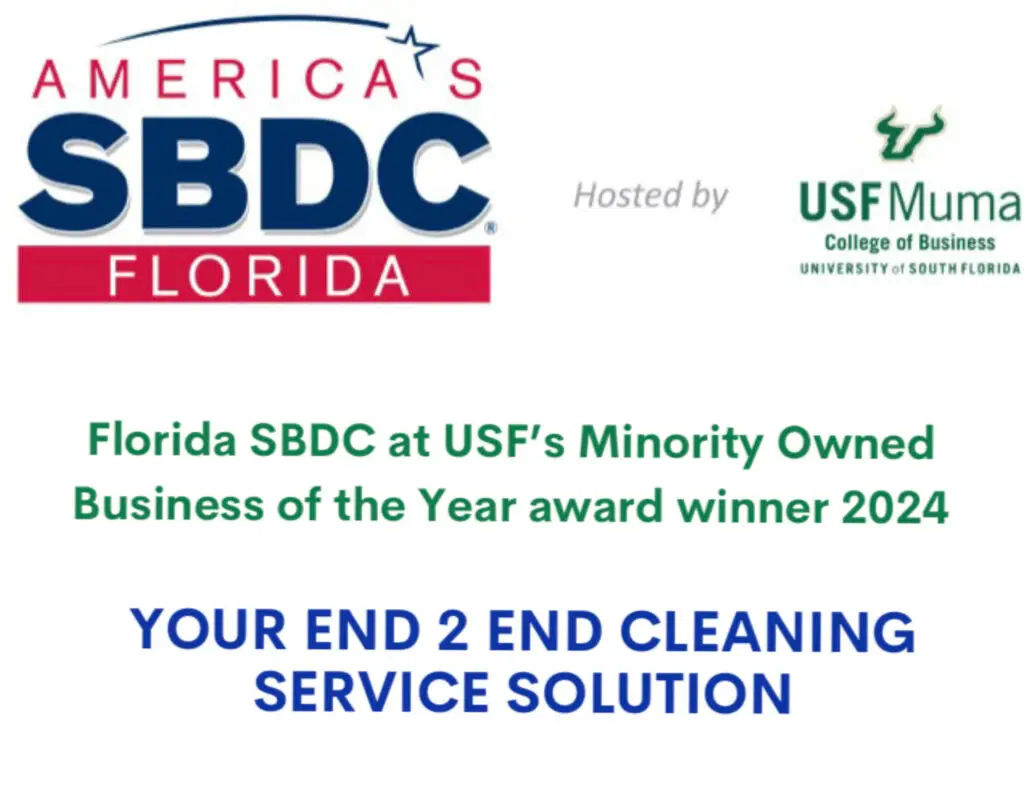This guide provides a complete solution to the increasing problem of controlling outdoor allergens in residential and commercial properties. In the United States, seasonal allergies affect almost 30% of adults and 40% of children; thus, property managers and cleaning service providers have realized the importance of having an effective outdoor cleaning protocol in order to reduce the chances of clients being affected by allergies.
Various strategies for reducing allergens in outdoor spaces based on evidence to relate to landscaping choices, maintenance protocols, advanced cleaning and air quality management. Implementing these professional grade solutions will allow facility managers and property owners to create healthier outdoor environments and provide value added service to allergy sensitive clients.
Understanding Outdoor Allergen Sources
The first step to effective allergen management is identifying the main sources of outdoor allergic triggers. Allergens in these environments have predictable seasonality, which today’s cleaning professionals need to understand to best intervene at the right times.
Pollen in particular is the most common outdoor allergen, and certain types dominate different seasons. The peak season for tree pollen (oak, birch, maple, cedar, etc.) is from late February to May, releasing microscopic particles (20-60 microns). This is followed from May to July by grass pollen, which has a particle size of 20-25 microns and can be carried up to 400 miles on air currents. From August to October, pollen from weeds, particularly ragweed, dominates, with each plant producing one billion pollen grains per season.
While well ventilated spaces help to prevent mold spores, a warm, humid weather brings on mold spores that are present a year round. The most common outdoor molds are Alternaria and Cladosporium, which grow in soil, compost and decaying vegetation. According to recent studies from the American Academy of Allergy, Asthma & Immunology, just as mold counts creep above 50, 000 spores per cubic meter (35 per litre), sensitive individuals can suffer severe symptoms.
Allergen distribution is greatly affected by environmental factors. Pollen dispersion is increased at wind speeds greater than 5 mph; however, rainfall temporarily decreases airborne pollen, but is conducive to mold growth.
Allergen distribution is quite sensitive to environmental factors. Most pollen is transported by the wind, and wind speeds greater than 5 mph will increase its transport, whereas, rainfall will temporarily reduce the amount of airborne pollen but will set the stage for mold spores to grow. Along with other air pollutants, allergens are concentrated in those breathing zones subjected to temperature inversions, especially in urban environments where air circulation is limited.
Choices in landscaping for the outside have a direct influence on the amount of allergens. Seasonal allergies are disproportionately caused by commercial properties with male dioecious trees (trees that produce pollen instead of fruit). In urban landscaping, this phenomenon of “botanical sexism”—male trees were preferred to avoid messy fruits—has inadvertently produced high allergen environments around many commercial buildings. This effect is amplified on monoculture plantings when pollen is released all at once by large numbers of the same species.
Awareness of these patterns should assist cleaning professionals in using these insights for more strategic scheduling of ‘enhanced outdoor cleaning’ services at peak allergen periods. A seasonal allergen calendar that is specific to the region in which you work gives clients proactive maintenance recommendations that prove your industry expertise and maximizes cleaning effectiveness.
Yard Maintenance Strategies
Strategic yard maintenance protocols are a basic concept in controlling allergens in land area in commercial and residential outdoor areas. Proper landscape design, timing of maintenance and the deployment of specialized equipment can reduce allergen loads in the environment by an order of magnitude in many instances, substantially reducing allergens.
Landscape Design Principles
Cleaning professionals can use the OPALS (Ogren Plant Allergy Scale) system to evaluate landscaping choices using a scientific framework and rating plants from 1 (least allergenic) to 10 (most allergenic). As such, cleaning services can be recommended as valuable consultants beyond traditional maintenance, recommending low OPALS alternatives during landscape renovation projects.
Effective low-allergen commercial landscaping incorporates:
- Female cultivars of dioecious (no pollen producing) species.
- Insect-pollinated rather than wind-pollinated varieties
- Minimal pollen is produced by double-flowered cultivars
- Biodiversity to prevent simultaneous pollination
For high traffic outdoors spaces, is suggested replacing the traditional turf with low allergen ground covers like Irish moss (Sagina subulata) or creeping thyme (Thymus serpyllum), which can virtually be unmown, and produced negligible allergens. Other ways to avoid exposing your visitors to air pollution include strategically placing dense shrubs or hedgerows with boxwood, female holly or other shrubs that will naturally filter airborne particles before they can reach outdoor seating area.
Maintenance Protocols
Strategically timing of maintenance activities reduces not only allergen creation but also exposure of staff. The following evidence based guidelines should be followed by professional maintenance.
- Mow on schedule between 4 and 6 PM when pollen counts are naturally lower and set grass height to 3 to 4 inches to prevent seeding
- Specialization integration can be applied by using mulching mowers with collection systems that capture 90% of plant debris instead of redistributing the debris
- Water management can be implemented by morning irrigation (before 6 AM) to reduce pollen release, as wet pollen is less likely to become airborne
Commercial properties can implement a documentation protocol that logs maintenance activities amongst local pollen count data to prove value of the service undertaking, but also leave room for ongoing improvement opportunities.
Plant debris is captured at the source with commercial grade collection systems having HEPA filtration to prevent the secondary dispersion.
Particular attention is needed for allergen management in composting practices. Proper carbon to nitrogen ratios (approximately 30:1) and temperatures of 135 – 160°F during the thermophilic phase neutralizes allergens in plant waste and prevents mold growth. If you are talking about commercial properties, suggest enclosed composting systems to prevent spore release.
Through these specialized yard maintenance strategies, cleaning professionals offer a great deal of value to allergen sensitive clients and set themselves apart from the standard landscape maintenance offerings.
Cleaning Techniques for Outdoor Living Areas
Allergen management in outdoor living spaces is challenging because allergens can be both visible and microscopic. Fortunately, there are special cleaning approaches that can be taken . Systematic procedures should be implemented by professional cleaning services to various surface materials under different environmental conditions.
Hard Surface Cleaning Protocols
Allergen deposits on patios, decks and walkways need to be deep cleaned periodically. The cleaning approach should be a multi stage process that addresses the removal of visible debris and the neutralization of microscopic allergens.
- Baseline contamination levels: Use ATP (Adenosine Triphosphate) testing or similar bioload measurement system to assess cleanliness before the treatment
- Dispose of debris: Remove debris by HEPA filtered vacuuming or forced air blowing away from the clean area to avoid contamination.
- Apply appropriate pre-treatment solutions for surface composition:
- Concrete: Alkaline cleaners (pH 10 12) with surfactants to lift embedded allergens for concrete
- Wood: Neutral pH cleaners (6.5-7.5) with mold-inhibiting properties
- Composite materials: Solutions approved by the manufacturer to prevent warranty violations
- Pressure washing application: Apply controlled pressure washing at 1500 – 2500 PSI for concrete and 500 – 1200 PSI for wood surfaces with a 40 degree spray pattern at 12 inch surface distance
- Disinfection/sanitization: Use EPA-registered sanitizing solutions that have documented efficacy against allergens and apply using low pressure sprayers with appropriate dwell times is usually 5–10 minutes)
- For porous surfaces, apply appropriate sealants (siloxane based for concrete, water repellent for wood) to reduce future allergen adhesion and penetration.
Commercially, quality assurance and protecting against liability concerns are achieved by documenting pressure settings, chemical dilution rates and dwell times.
Outdoor Furniture and Textile Cleaning
Material diversity and exposure to the environment render outdoor furniture a great challenge. Effective cleaning requires material-specific approaches:
- Two stage cleaning using decrease agent, followed by disinfecting solutions, with special treatment of joints and crevices, can be used on metal furniture too.
- Low moisture cleaning with microfiber applicators and antimicrobial solutions to prevent damage of materials.
- Fabric cushions and umbrellas: Hot water extraction methods (140-160°F) with appropriate enzyme cleaners that denature protein based allergens on fabric cushions and umbrellas.
Commercially, develop a rotation schedule that provides enough drying time before client use (4–6 hours in moderate humidity). Additional allergen neutralization is offered by UV sanitizing equipment for items that cannot be cleaned with traditional wet cleaning methods.
Environmental Cleaning Considerations
Beyond obvious surfaces, comprehensive allergen management addresses often-overlooked outdoor elements:
- Lighting fixtures: Once a month with an extended reach tool with microfiber covering to remove pollen and insect debris accumulation
- Enzymatic cleaners: applied quarterly using extended reach applicators on such areas as pergolas and overhead structures.
- Water features: Water will be tested bi-weekly and treated with the proper algaecides and clarifiers to deter the biofilm growth.
- Playground equipment: Use of EPA approved sanitizer on application to child contact surfaces that have been shown to be safe for children’s use.
These systematic cleaning protocols when implemented by professional services will reduce outdoor allergen loads very significantly and will allow the delivery of documented and science based approaches able to show value to facilities managers and property owners.
Protect your family’s and staff respiratory health. Click Here
Air Purification and Personal Protection Strategies
Unlike indoor environments, clean air zones in outdoor environment pose different challenges that have to be tackled using innovative features and technologies. Multiple strategies can be implemented by professional cleaning services to improve air quality in outdoor gathering areas, while educating on personal protection measures.
Outdoor Air Management
It is impossible to control entirely outdoor air, but reducing the level of allergens in a controlled microenvironment can be accomplished through design and the integration of technology.
- Environmental barriers: Deploy strategically placed vertical gardens made up of crafty low allergen plants such as hostas, ferns, and female cultivars as natural filtration systems to catch pollutants
- Misting systems: Commercial type misting systems with droplets of 5 – 10 microns in size, are effective to capture airborne particles by agglomeration and do not provide excessive moisture to encourage mold growth
- Air circulation management: Oscillating HEPA-filtered air movers at breathing height (3-4 feet) promote déplacement of allergens away from seating (air circulation management)
Industrial grade air purification units with multistage filtration can be deployed on a portable basis to commercial properties during their peak usage periods. Properly placed upwind of gathering areas, units with activated carbon, HEPA filtration and UV-C sanitation offer total protection. Air quality improvements can be documented with particulate monitoring equipment to demonstrate effectiveness to clients.
Surface Treatment Technologies
Preventive treatments to prevent allergen accumulation are much more advantageous than remedial cleaning alone:
- Electrostatic spraying: Is an anti allergen solutions using electrostatic technology to create a negatively charged spray pattern that will ensure complete coverage and adhesion to surfaces
- Allergen neutralizers: Enzyme based formulations which break down the protein structure of the most common allergen with out the use of harsh chemicals are ideal where food is currently served.
- Photocatalytic coatings: Coating of surfaces with titanium dioxide (and other photocatalysts) based solutions that create reactive oxygen species upon exposure to sunlight which continuously break down organic allergens
For the sake of commercial applications, these treatments must be maintained each quarter, and made with documentation on before and after ATP testing to verify reduction of the biologic load.
Personal Protection Education
When cleaning professionals present themselves as comprehensive allergen management experts, they can teach their clients and staff regarding useful prevention strategies.
- Timing recommendations: Local pollen count forecasting tools should be given to facility managers Understanding the suggested hours that outdoor events should be scheduled during periods of lower count.
- Face coverings: Educate on the efficacy of each face covering, N95 respirators filter 95% of particles 0.3 microns and larger and standard surgical masks offer little pollen protection (10 100 microns)
- Clothing protocols: Advise on the use of tight weave fabrics and hat wearing to reduce pollen adherence to hair and implementing ‘clean entry’ protocols for building access.
For occupants, consider creating customized signage or digital resources containing real time allergen forecasts and/or recommendations for protection, where there is perceived value in this content and the client is demonstrating commitment people’s health.
In a technology integration opportunity, there are also opportunities to provide enhanced service offerings. Clients benefit from quantifiable results by monitoring stations that can measure particulate concentrations, humidity levels and air movement in mobile fashion. Continuous tracking with automated alert systems are enabled when sensors go in the cloud so conditions exceed predetermined thresholds, which are deployed by a proactive service.
In addition to cleaning interiors, implementing these all encompassing cleaning strategies for air quality management will allow professionals to create additional categories of services to their customers, coupled with measurable health benefits to clients with respiratory or allergen sensitivities.
Conclusion
Allergen management in outdoor surfaces must be conducted on a wide scope and science based approach beyond the general cleaning ones. With the strategies featured in this article (such as making specialized landscaping and maintenance protocol or using advanced cleaning techniques and air quality engineering), facility managers and cleaning company can markedly improve the health of outdoor environment for people suffering from allergies.
These protocols have substantial commercial advantages. Having documented allergen management programs can be a draw and retention tool for health conscious tenants and clients in healthcare, hospitality and residential management. In addition, the specialized knowledge and equipment needed for effective implementation naturally differentiates the service and provides opportunities for premium pricing for cleaning professionals.
As allergy season continues to affect an increasing portion of the population, driven in part by CDC data showing a 30% increase in allergen exposure over the last two decades, allergen management in general will continue to be a top growth area in both terms of demand for the product as well as in optimization of the underlying technology. Cleaning professionals who embrace this area of expertise are forward thinking, and they are putting themselves in the lead of an expanding market while giving their clients great health benefits.
On the future of outdoor allergen management, outdoor allergens are here to stay therefore; more technologies will have to be integrated in order to monitor real time and automatic intervention system and service will have to be data driven.
Embracing these advanced approaches today allows commercial cleaning professionals to set themselves up as leaders in the ever expanding field of an increasingly important part of the commercial cleaning industry.
